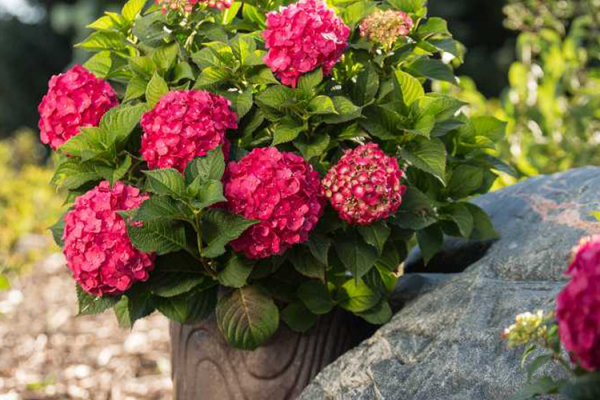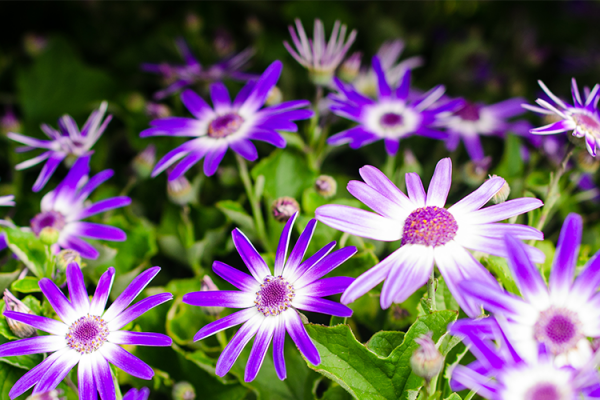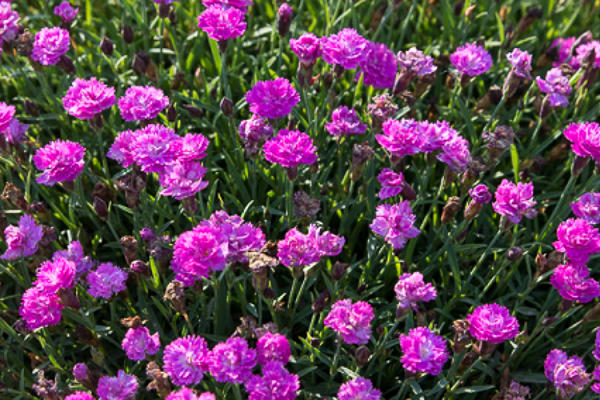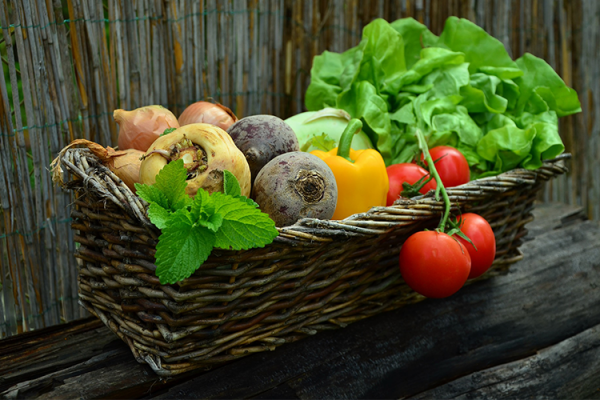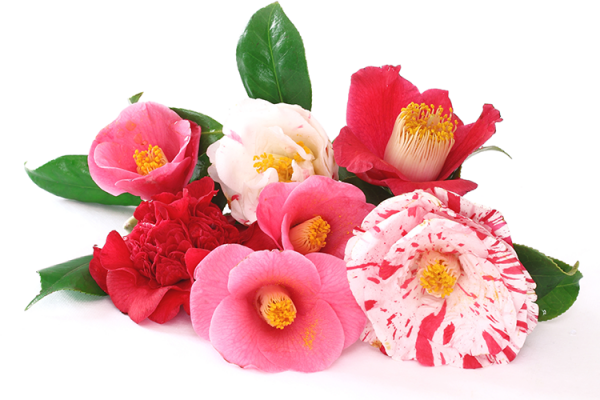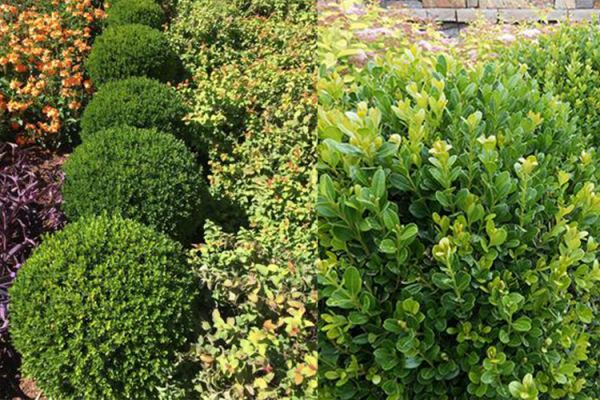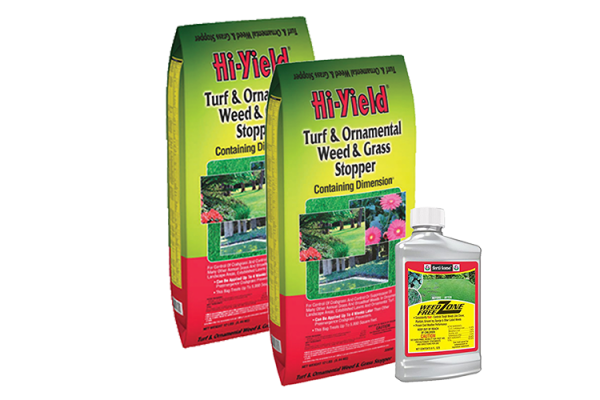A McDonald Garden Center Plant Premiere Featuring Endless Summer® Summer Crush™ Hydrangea
New for 2019, Endless Summer® Summer Crush® Hydrangeas is a drop-dead, gorgeous variety the produces an abundance of rich raspberry-red mophead blooms in late spring and reblooms through fall. Foliage is spade-shaped and glossy green with a compact habit – no pruning necessary! It stays nice, tidy and small making it ideal for smaller spaces in the garden and is the perfect size for patio containers.

